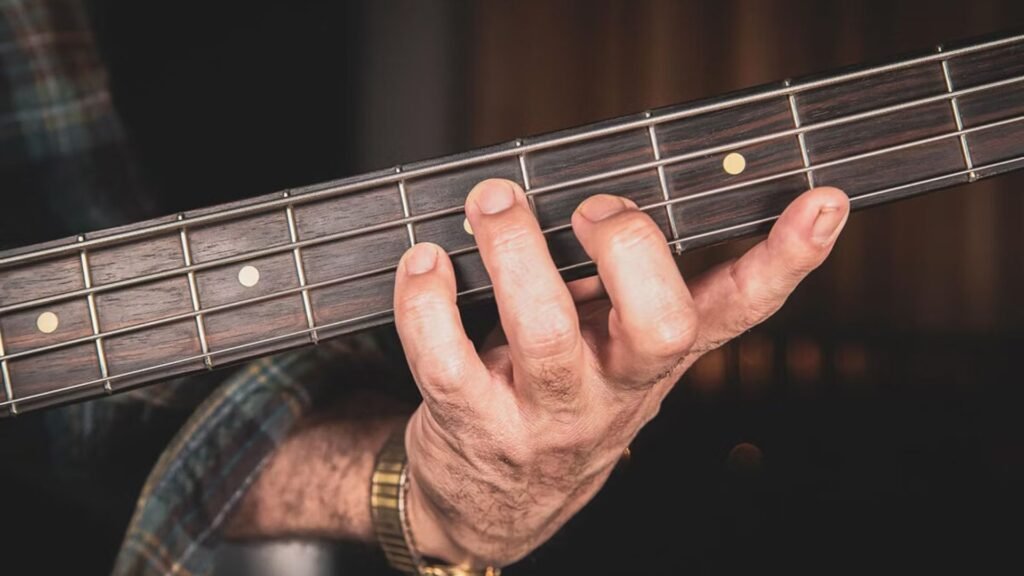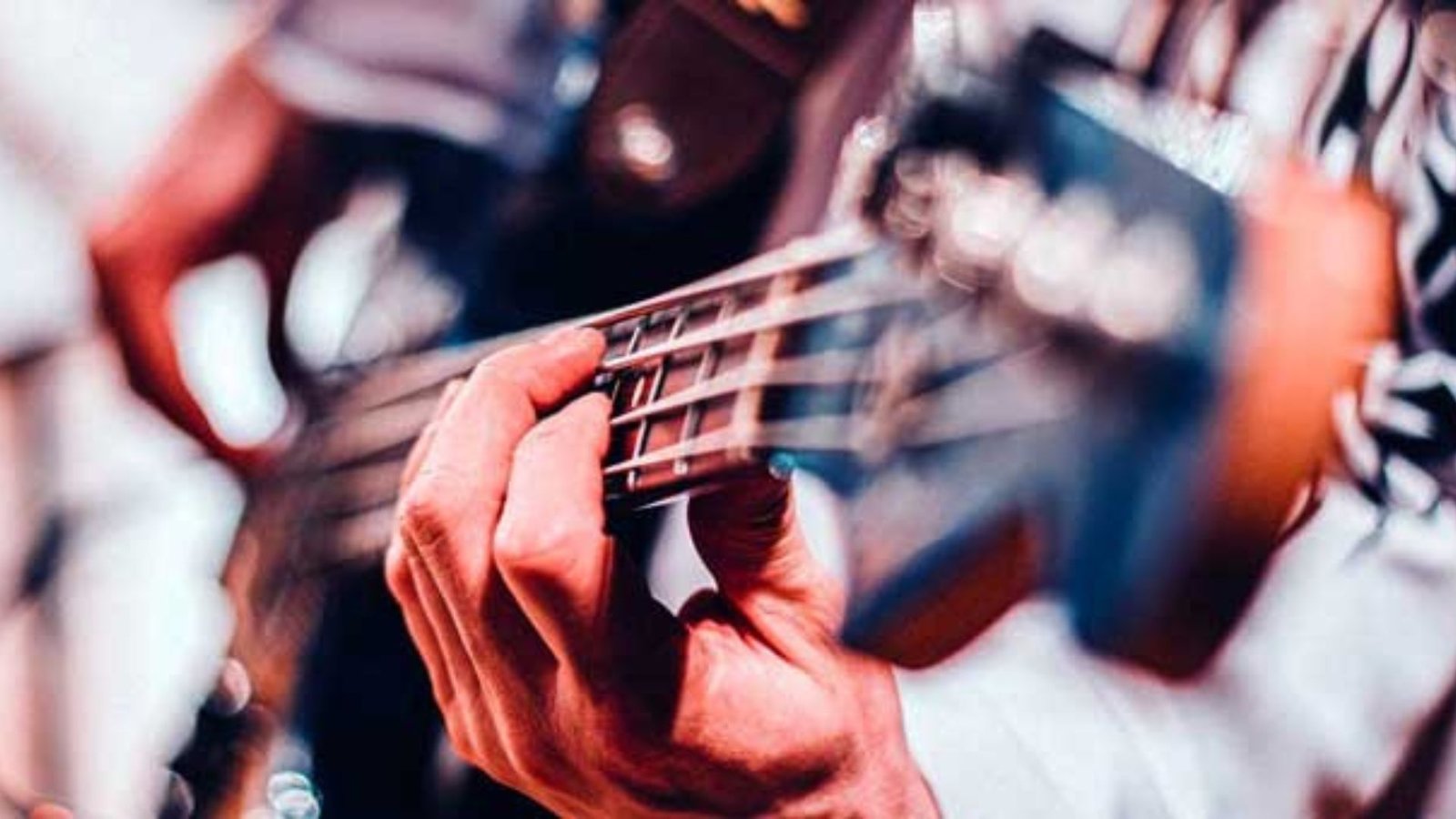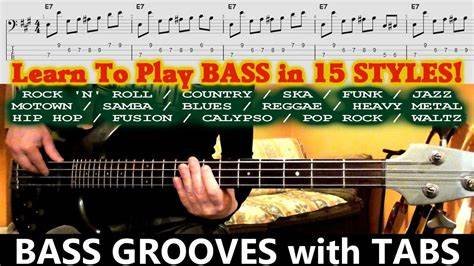Learning to play bass guitar is an exciting adventure that introduces you to the rhythm and heartbeat of music. As a bass player, you’ll create grooves, connect harmonies, and drive the music forward. This guide is designed to help beginners understand the basics, learn proper techniques, and practice exercises that build confidence and skill.

Understand the Basics of the Bass Guitar
Before you start playing, it’s essential to familiarize yourself with the instrument and its components.
- Know Your Bass Guitar: Learn the parts, including the fretboard, strings, pickups, bridge, and tuning pegs. This knowledge helps you navigate the instrument effectively.
- Tuning the Strings: A standard bass guitar has four strings tuned to E, A, D, and G (from lowest to highest). Use a tuner to ensure your bass is correctly tuned.
- Posture and Grip: Sit comfortably with the bass resting on your thigh, or use a strap while standing. Keep your wrists relaxed and maintain proper hand positioning to avoid strain.
Master Basic Playing Techniques
Proper technique is the foundation of becoming a skilled bass player. Start by focusing on the following essentials.
- Plucking Technique: Use the pads of your index and middle fingers to pluck the strings. Alternate between them to create a smooth, consistent tone.
- Fretting Hand Positioning: Use your fingertips to press the strings near the fret (not directly on it) for clear, buzzing-free notes.
- String Muting: Lightly rest your unused fingers or palm on the strings to prevent unwanted noise and keep your playing clean.
Practice Easy Basslines
Beginner-friendly basslines are an excellent way to apply your skills and develop confidence.
- One-String Exercises: Practice playing simple rhythms on a single string. This helps you focus on timing and plucking consistency.
- Classic Songs: Try basslines from beginner-friendly songs like “Smoke on the Water” or “Another One Bites the Dust.” They’re simple and fun to play.
- Slow and Steady: Start with a slow tempo, ensuring accuracy and clarity, then gradually increase your speed as you improve.
Build Strength and Finger Dexterity
Developing finger strength and dexterity is crucial for playing bass guitar efficiently and comfortably.
- Spider Exercise: Play notes in a 1-2-3-4 pattern across all strings, moving up and down the fretboard. This improves coordination and flexibility.
- Stretch and Relax: Regularly stretch your fingers and wrists to reduce tension and increase flexibility.
- Scales and Patterns: Practice major and minor scales to strengthen your fingers and improve your understanding of the fretboard.
Learn Basic Music Theory
Understanding music theory enhances your ability to create grooves and communicate with other musicians.
- Notes on the Fretboard: Memorize the notes on each string. This knowledge is crucial for playing scales, chords, and basslines.
- Timing and Rhythm: Bass players are the heartbeat of the band. Practice playing in time with a metronome to develop a steady rhythm.
- Scales and Intervals: Learn the major scale pattern to build a foundation for creating basslines and improvisation.
Focus on Groove and Timing
As a bass player, your primary role is to lock in with the drummer and create a groove that drives the music.
- Play Along with Songs: Choose tracks with simple basslines and practice playing along to develop timing and feel.
- Use a Metronome: Practicing with a metronome helps you develop precision and stay on beat.
- Sync with Drums: If possible, practice with a drummer or use drum backing tracks. This builds your ability to lock in with percussion.
Experiment with Styles and Techniques
Explore different styles and techniques to expand your musical range and develop your unique sound.
- Slap and Pop: Use your thumb to slap the string and your fingers to pop it. This technique adds a funky, percussive element to your playing.
- Pick Playing: Use a pick for a sharper, more defined sound. Focus on maintaining consistency in your strokes.
- Palm Muting: Rest your palm lightly on the strings while plucking to create a muted, rhythmic tone.
Conclusion
Playing bass guitar for beginners requires patience, practice, and a passion for music. By mastering basic techniques, building strength, and developing your musical ear, you can lay the foundation for a fulfilling journey as a bass player. Stay consistent, explore different styles, and keep your enthusiasm alive. With time and dedication, you’ll become a confident musician who grooves like a pro.







